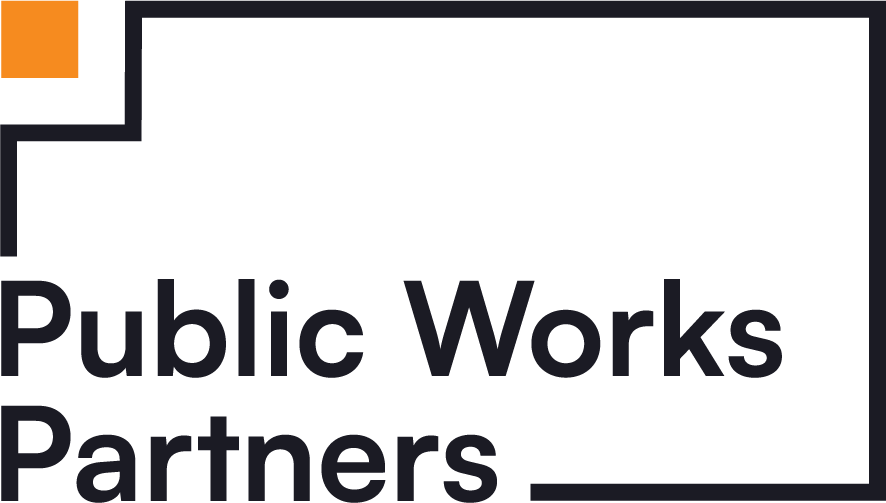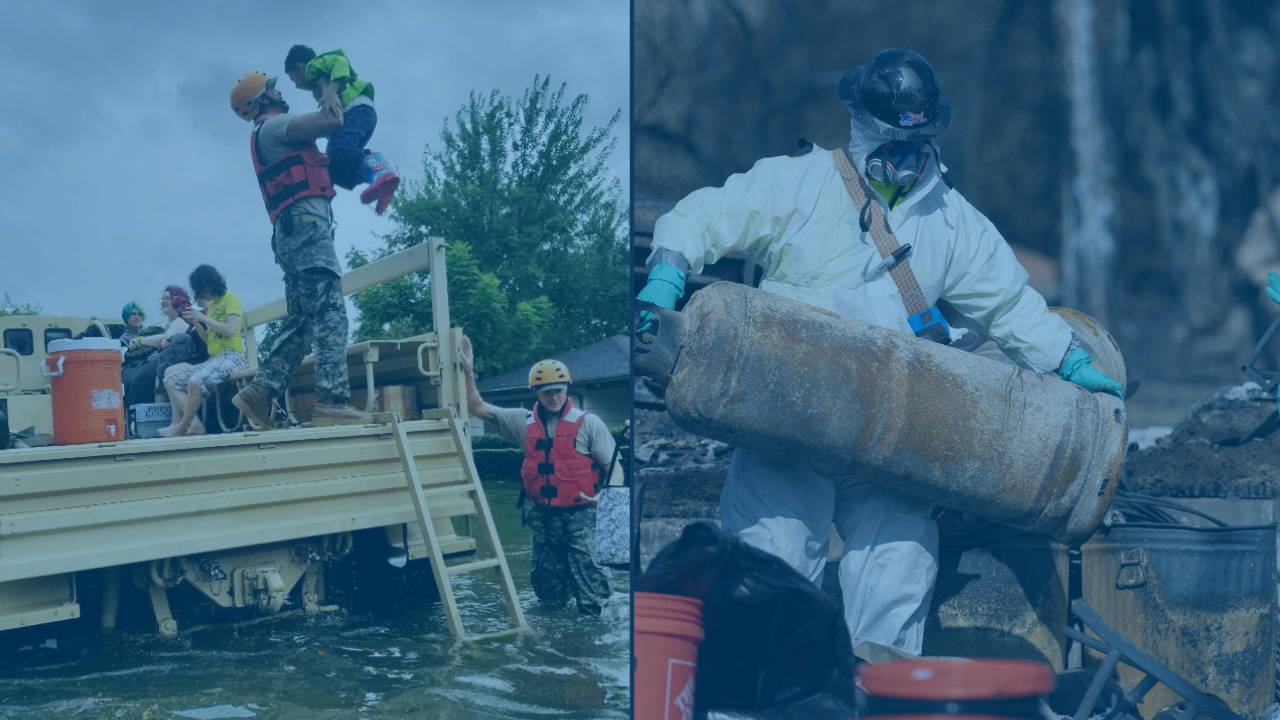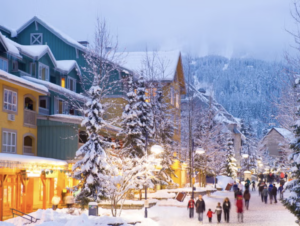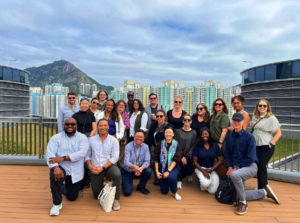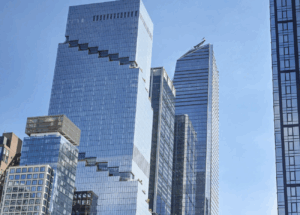By: Jordan Cosby and Laura Muñoz
Introduction
Twenty years after Hurricane Katrina, New Orleans proved that recovery is meaningless if it ignores the people, stories, and cultural fabric that make a place whole. Today, communities facing rising environmental risks, like Altadena after the Eaton Fire, underscore this reality, reminding us that centering community power and lived experience can reveal true solutions and drive real, lasting resilience.
In the wake of disasters like hurricanes or wildfires, urban planners are often tasked with urgent, material questions: Where will people live? How do we restore power, water, and transit? What physical structures need to be rebuilt and reinforced? Many planning frameworks stop there. But that is not enough. We must also ask: What about the immaterial things that make up a place? What about its culture, identity, and community rituals? How do these intangible elements relate to the built environment? And how can we protect and rebuild them, even as we address the immediate need for physical recovery?
Hurricane Katrina & New Orleans
When Hurricane Katrina struck New Orleans in 2005, it didn’t just reveal weaknesses in the levee system; it exposed deep social and racial inequities. Entire neighborhoods, especially low-income and Black communities, were left without sufficient support or resources. Historic patterns of segregation and disinvestment concentrated African Americans in some of the city’s most vulnerable areas. And the government’s response further deepened the injustice, disproportionately disadvantaging Black residents in the recovery process. Yet communities refused to wait for broken systems to save them.
Within days of Katrina, grassroots organizations created their own systems of care and cultural revival. The Common Ground Collective set up free health clinics, legal clinics, community clean‑ups, and cultural hubs. Neighborhood coalitions, like the PHRF, mobilized for housing justice, coordinated return efforts, and rebuilt networks of mutual support. Other networks, like REACH NOLA, connected residents with locally tailored mental health services and leadership structures rooted in collective healing.
Cultural resilience was just as vital. The Social Aid and Pleasure Clubs – Black mutual aid organizations with centuries-old roots in New Orleans – resumed their traditions almost immediately after Katrina. Long before Katrina, these clubs—descended from the benevolent societies of the post–Civil War era—sustained Black communities shut out of formal systems, providing funeral costs, health care, and mutual support. In January 2006, just months after residents were allowed back, they led the first second line parade of the post-storm era. This was not symbolic; it was an act of survival and resilience, reclaiming public space and declaring the community’s spirit could not be erased. Their reemergence carried unique historical weight, offering not just hope but continuity with a legacy of self-determination and collective care.
New Orleans proved that material rebuilding is not the only thing that should be emphasized after a disaster. Culture, social life, and collective memory are not “extras” – they are essential to infrastructure.
Lessons for Today: Altadena & Beyond
Twenty years after Katrina, its lessons are more urgent than ever. Climate change has intensified the frequency and severity of disasters, and with it, the danger of repeating old patterns of inequitable recovery.
Altadena offers a present-day reminder of this reality. In a community where wildfire season has become a year-round phenomenon, the 2025 Eaton Fire exposed deep inequities in disaster impacts and recovery. A UCLA study found that 61% of Black households were within the fire perimeter, and nearly half lost their homes. These disproportionate losses are rooted in historic segregation and redlining that concentrated Black families in West Altadena’s fire-prone canyons. Much like the Lower 9th Ward in New Orleans, these losses reveal not only the destruction of homes but also the displacement of long-standing residents and the fraying of the community networks and cultural life that sustained this neighborhood for generations.
Once again, planning for resilience must go far beyond rebuilding physical structures. As planners, we must listen directly and intentionally to local communities and account for the immaterial elements—traditions, culture, and social ties—that give a place its identity and sustain resilience. Like New Orleans’ Lower 9th Ward, Altadena is a historically Black, homeowning community whose cultural fabric—block parties, church gatherings, neighborhood rituals, and the stories of multigenerational families—has long sustained residents through systemic inequities. Just as second-line parades in post-Katrina New Orleans affirmed cultural survival amid displacement, Altadena’s own celebrations and community spaces are central to recovery after the Eaton Fire. Safeguarding these anchors is as critical as rebuilding homes; without them, recovery risks erasing the very communities it seeks to restore.
True resilience demands a deliberate shift: invest in storytelling, fund grassroots leadership, and center community power in every decision. In Altadena, this means supporting long-standing neighborhood and cultural organizations, ensuring Black homeowners, especially older residents, are at the heart of recovery planning, protecting community spaces that sustain social and cultural life, promoting Indigenous stewardship of the San Gabriel foothills, and preventing displacement or opportunistic property acquisition. Only by safeguarding these cultural anchors and embedding equity in every decision can recovery truly succeed; not just restoring buildings, but building trust, belonging, and community itself.
Our Approach
At Public Works Partners, our Storytelling Framework for Recovery and Resilience Building ensures that disaster recovery centers people as much as it does infrastructure to honor the culture, identity, rituals, and social ties that sustain a community. The framework prioritizes capturing first-hand narratives from residents and local leaders, identifying the social and cultural anchors that give a place meaning, and translating these stories into actionable strategies for recovery planning. By centering storytelling, we ensure that rebuilding efforts reflect the lived experiences, traditions, and values of communities—protecting not just structures, but the social fabric that makes a place resilient.
Conclusion
Twenty years after Katrina, its lessons remain undeniable: recovery is not recovery at all if it ignores culture and community. Using a storytelling approach and asking ground-up questions about culture, identity, and community rituals ensures that rebuilding includes physical structures as well as the social, cultural, and emotional fabric that sustains communities in places like New Orleans, Altadena, and beyond.
